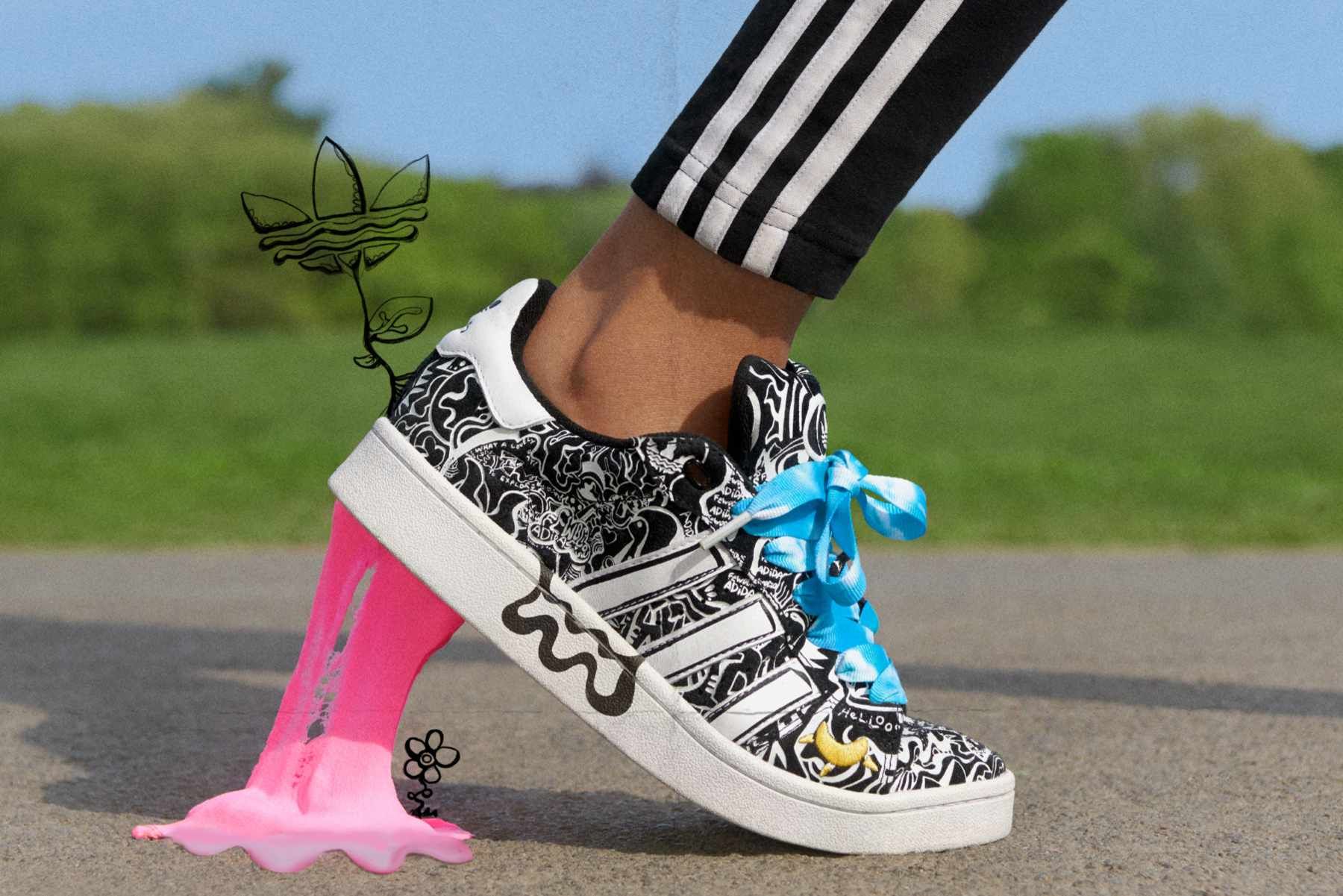Investors are converting ‘totally worthless’ NFTs into tax write-offs | Non-fungible tokens (NFTs)
Just a year ago, Washington DC’s Hirshhorn Museum of Art – the capital’s premier contemporary art museum – asked whether non-fungible tokens (NFTs) were “fad or the future of art”. Twelve months later, it appears that “tax write-off” may have been the right answer.
This year was not only the year cryptocurrency values were burned by investor fear, rising interest rates, inflation and scandals, it was the year crypto’s cartoonish artificial cousin the NFT – an electronic identifier that verifies that a digital collectible is real – collided with reality.
In March 2021, Christie’s sold a digital collage NFT by the artist Beeple for almost $70 million (£58 million). In January, pop star Justin Bieber paid $1.29m (£1m) for a ‘Bored Ape’ NFT, a graphic of a, well, bored monkey. Everyone from Michael Jordan to former first lady Melania Trump was at the game.
Now – alongside the wider crypto market – the appetite for NFTs has waned so much that a specialist market has emerged for collectors looking to sell their once-valuable “digital collectibles” as tax losses to offset income tax.
A recently launched service, Unsellable, aims to help collectors do just that. Think of it as a distressed fire sale.
“While every investment class has its losers, many of the NFTs we invested in were not just large; they were now totally worthless … illiquid … unsaleable,” the service says on its website.
Unsellable – which says it is “building the world’s largest collection of worthless NFTs” – buys the underlying tokens for a fraction of their original price and provides an official receipt for tax purposes.
The company then collects the NFTs into “The Unsellable Collection” – which currently contains 1,600 digital collectibles – with the aim of creating the “ultimate artifact from the early days of Web3”.
It’s easy to see why buyers might be keen to sell for a fraction of their original investment. The demand for digital certificates of ownership that underlie NFTs has disappeared. More than $19 billion (£16 billion) was spent on NFTs between January and March 2022. Since then, according to blockchain analytics firm Chainalysis, monthly spending has fallen by 87%.
Just $442 million (£368 million) was spent in November, and the number of active NFT traders is down around two-thirds from its peak a year ago. According to market tracker Nonfungible.com, 144,000 NFTs were sold for $142 million (£118 million) on January 16, 2022. This Wednesday, there were 17,000 sales for $28,000 (£23,294).
The most traded collection of NFTs are images from the Bored Ape Yacht Club (BAYC), like the one Bieber bought. Each Bored Ape image has a unique combination of 170 possible attributes, including expressions, headgear, clothing and more. “All monkeys are dope, but some are rarer than others,” the company says.
Yuga Labs, the company behind Bored Ape, was recently hit with a class action lawsuit that claimed it had unrealistically hyped the value of its intangibles. The lawsuit named celebrities—and former NFT evangelists—including Bieber, Paris Hilton, Madonna, Jimmy Fallon and Kevin Hart as co-defendants.
“The defendants’ advertising campaign was very successful, generating billions of dollars in sales and resales,” the lawsuit, filed Dec. 8 in a California district court, says.
“The manufactured celebrity endorsements and misleading campaigns regarding the launch of an entire BAYC ecosystem (the so-called Otherside metaverse) were able to artificially increase the interest and price of the BAYC NFTs during the relevant period, prompting investors to purchase these losing investments at drastically high prices.”
The NFT market is a long way from where it sat in October 2021, when Mike Winkelmann – the digital artist known as Beeple – sold his works at Christie’s, making him “among the three most valuable living artists”.
Last week, Winkelmann remained optimistic about the Internet’s place in creating art, but he admitted: “The market is a little bit crap right now,” he told Bloomberg. “Do I think it’s going to go back to where it was? I don’t know … I definitely think it’s going to go up from here.
And a former celebrity, and President of the United States, agrees. Earlier this month, Donald Trump launched a collection of digital collectibles depicting him as an astronaut, a cowboy and a superhero, among other things. It sold out in less than a day.

























